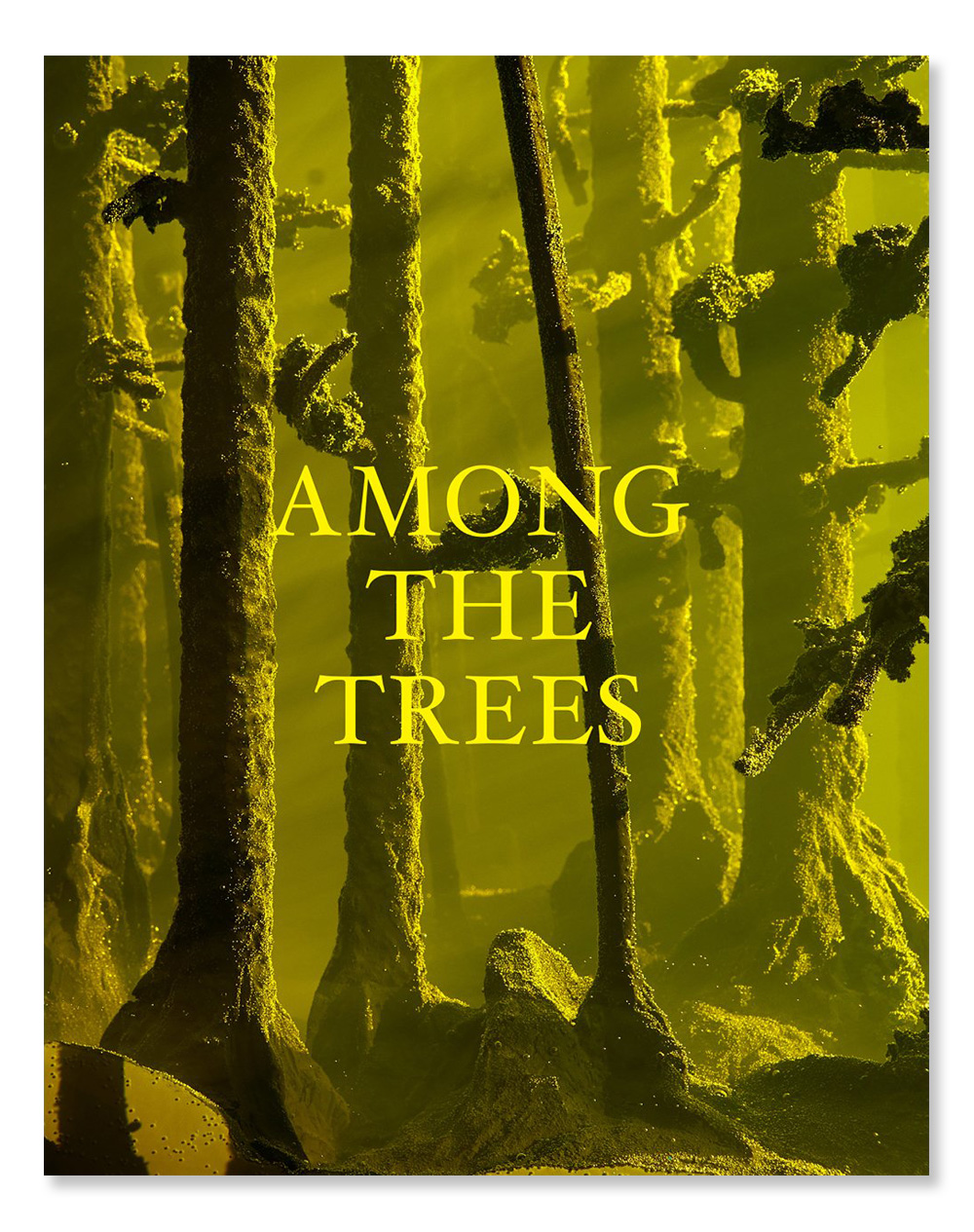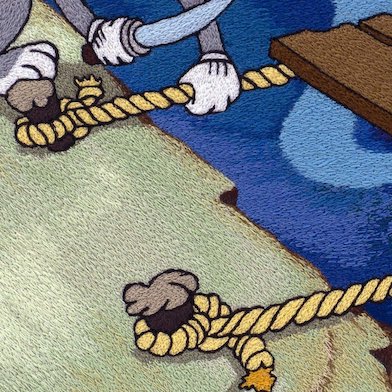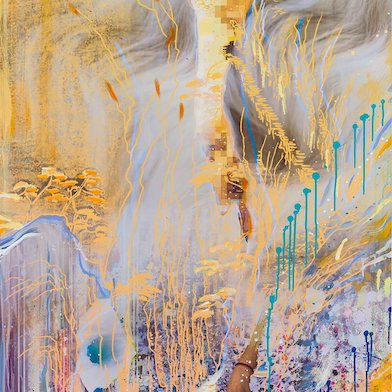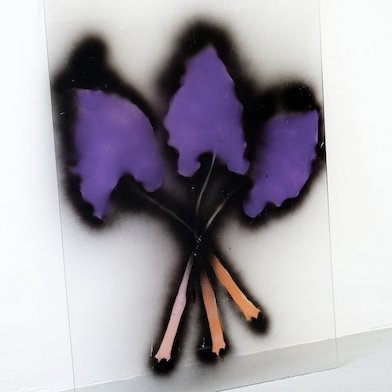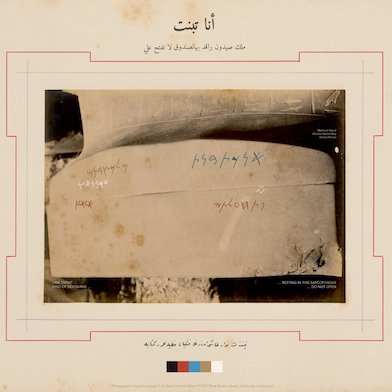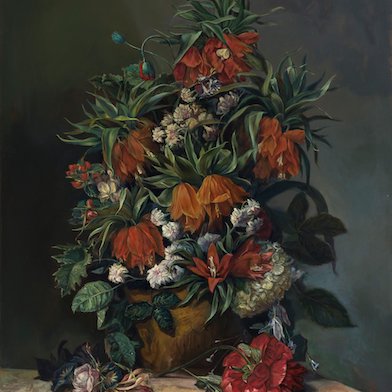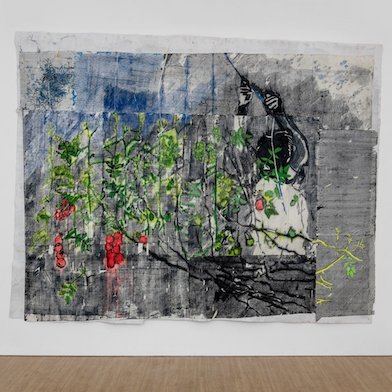Open: Tue-Sun 10am-5pm
Visit
Rodney Graham. Getting it Together in the Country
Hauser & Wirth Somerset, Bruton
Sat 28 Jan 2023 to Mon 8 May 2023
Durslade Farm, Dropping Lane, BA10 0NL Rodney Graham. Getting it Together in the Country
Tue-Sun 10am-5pm
Artist: Rodney Graham
Artworks
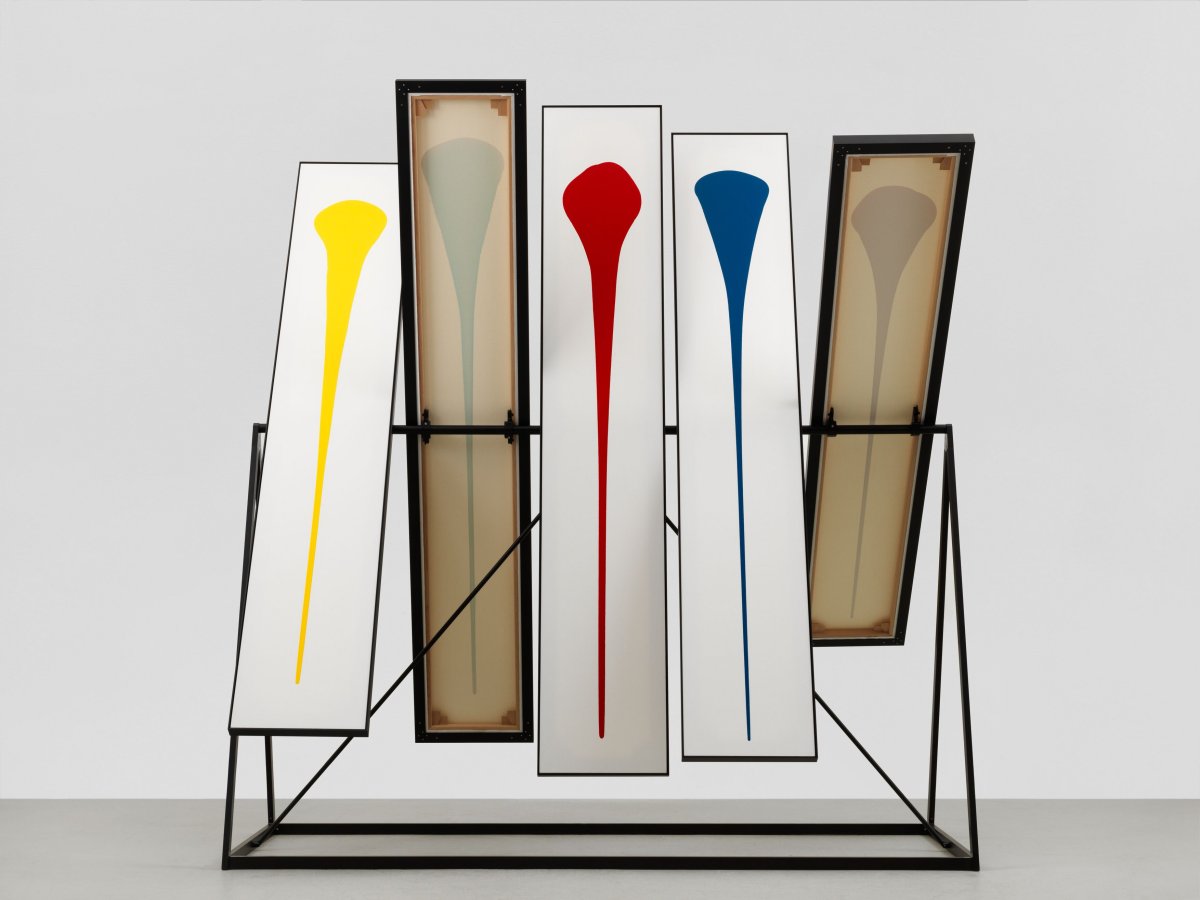
Steel, aluminum, wood, acrylic paint on canvas
3048 × 3353 × 3100 mm
© Rodney Graham. Courtesy the artist and Hauser & Wirth. Photo: Stefan Altenburger Photography Zürich
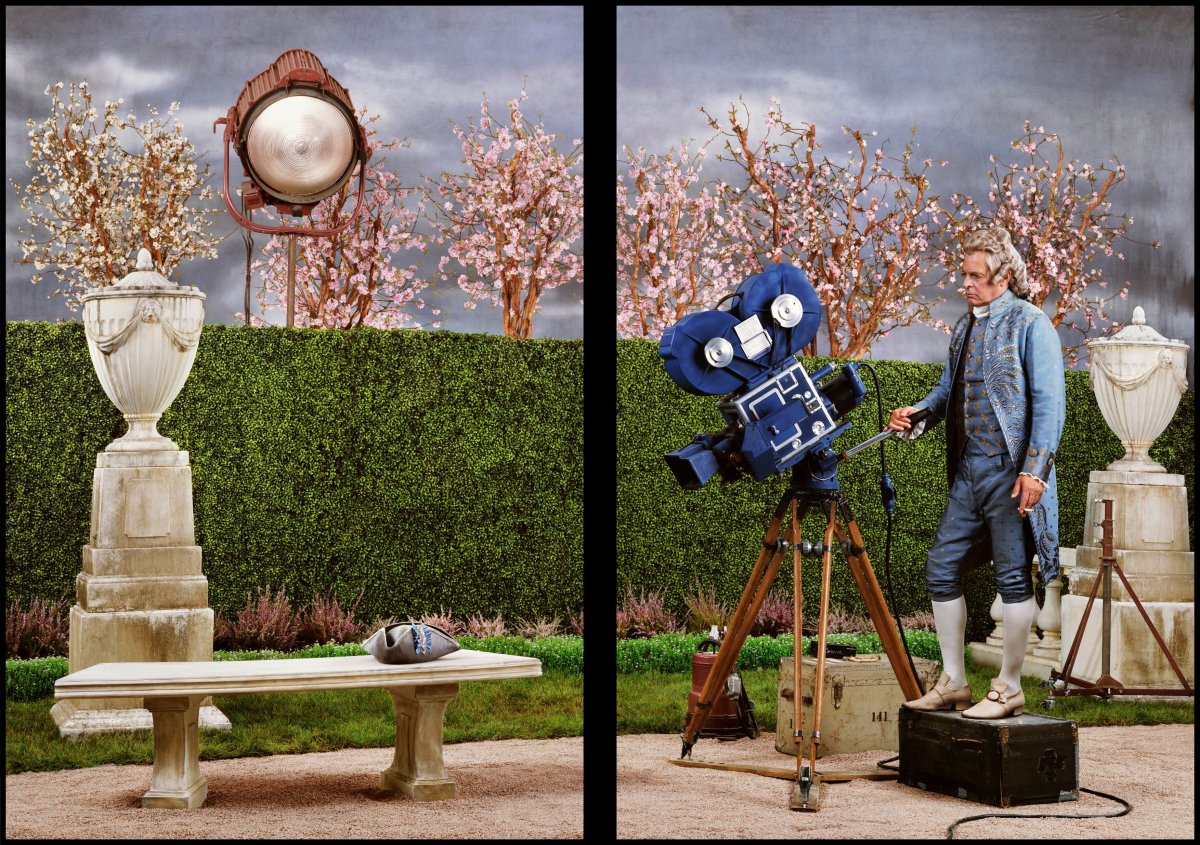
Painted aluminium lightboxes with transmounted chromogenic transparencies; diptych
3680 × 2610 × 180 mm
© Rodney Graham. Courtesy the artist and Hauser & Wirth. Photo: Rodney Graham

Paddler, Mouth of the Seymour, 2012 – 2013
Painted aluminum lightboxes with transmounted chromogenic transparencies; triptych
5540 × 3040 × 180 mm
© Rodney Graham. Courtesy the artist and Hauser & Wirth
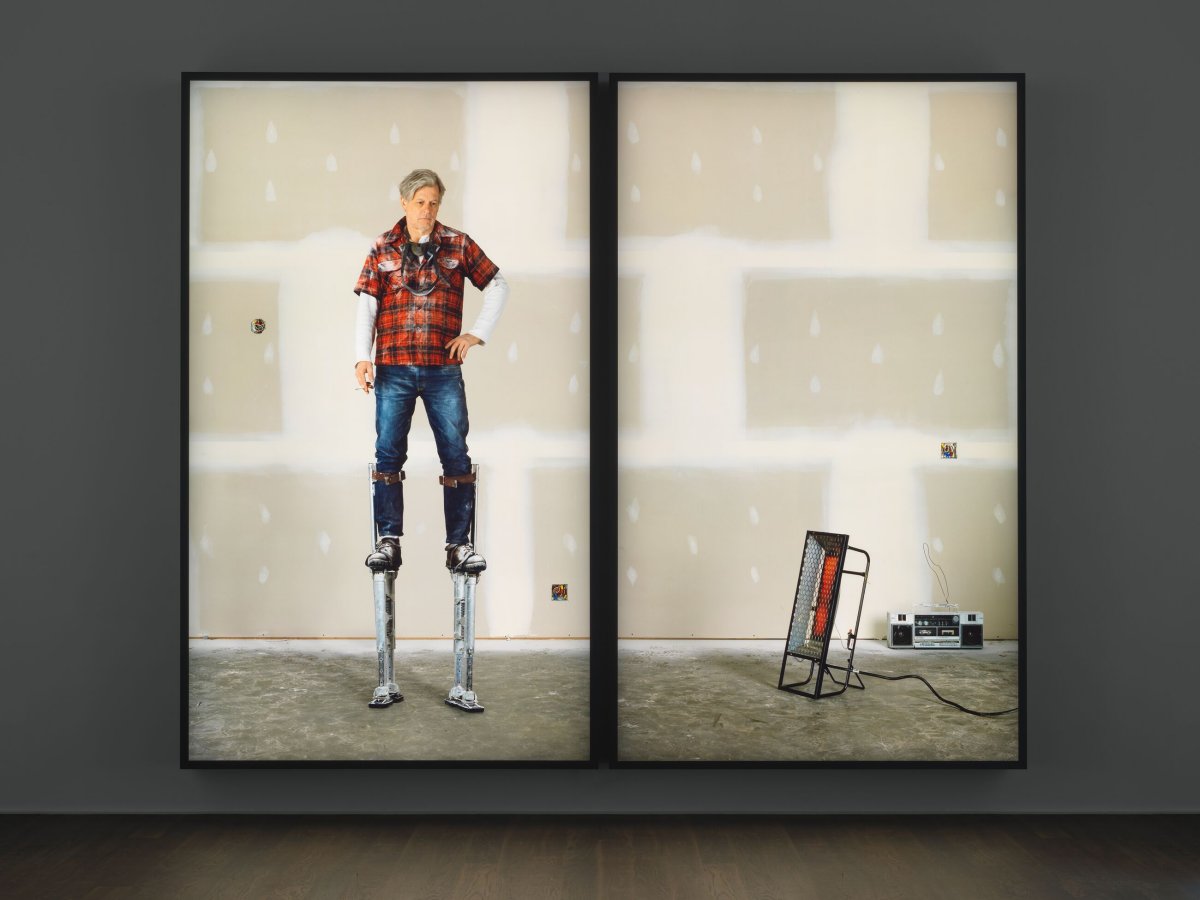
Painted aluminium lightboxes with transmounted chromogenic transparencies; diptych
3680 × 3040 × 180 mm
© Rodney Graham. Courtesy the artist and Hauser & Wirth. Photo: Rodney Graham

Painted aluminum lightbox with transmounted chromogenic transparency
1820 × 2430 × 180 mm
© Rodney Graham. Courtesy the artist and Hauser & Wirth

Chromogenic photograph
1854 × 2286 × 50 mm
© Rodney Graham. Courtesy the artist and Hauser & Wirth. Photo: Tom Van Eynde
Added to list
Done
Removed
Installation Views
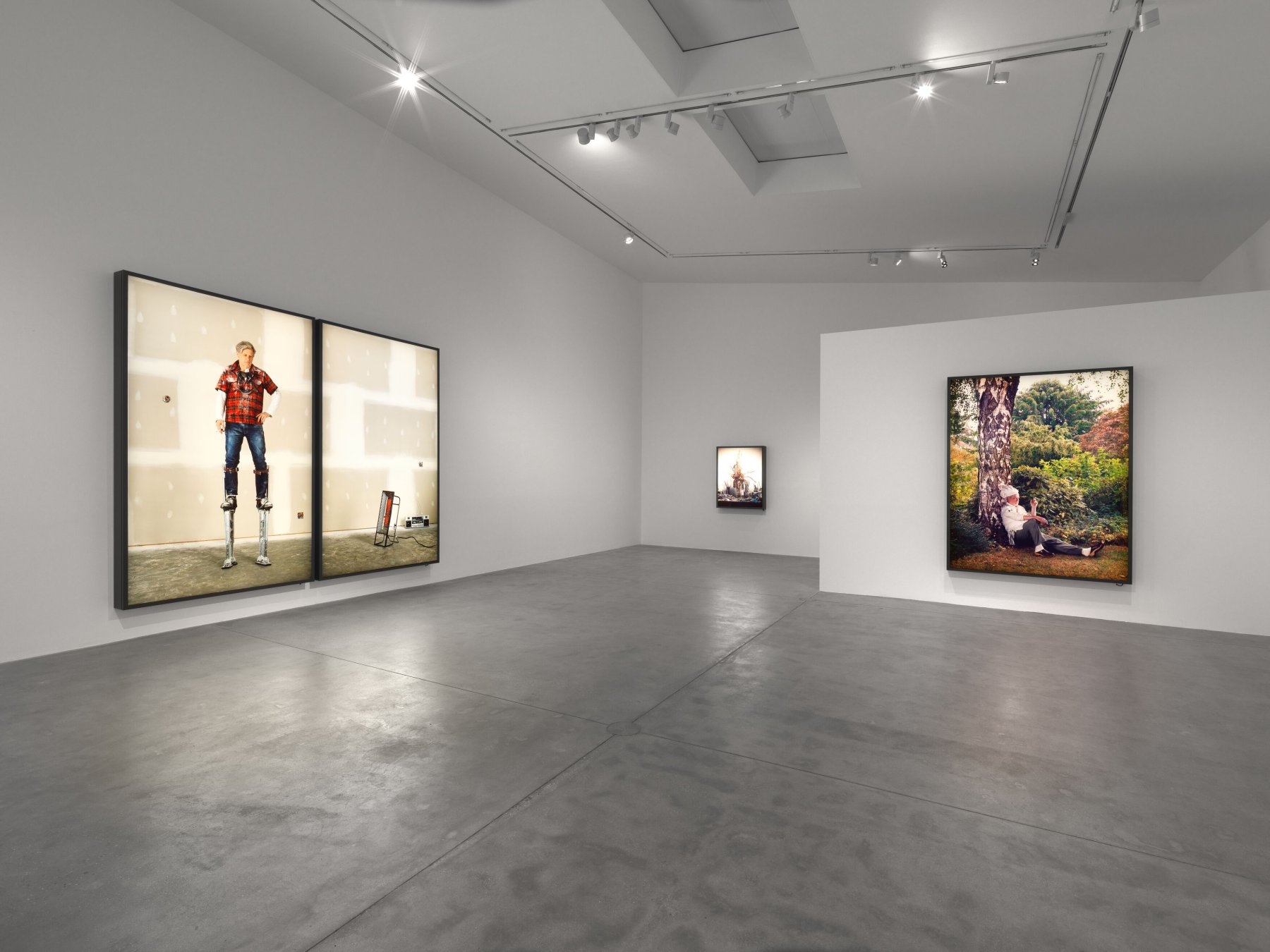
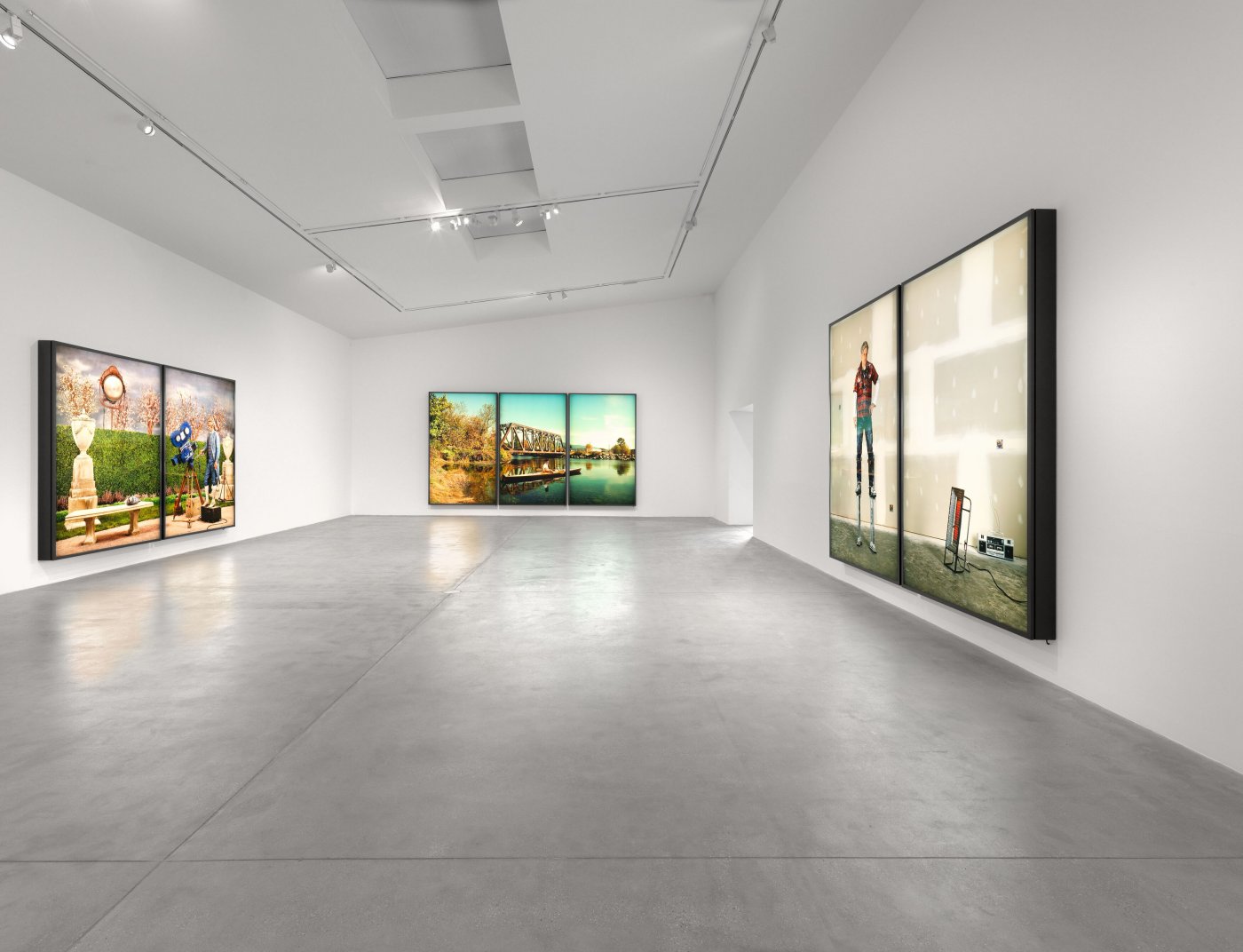
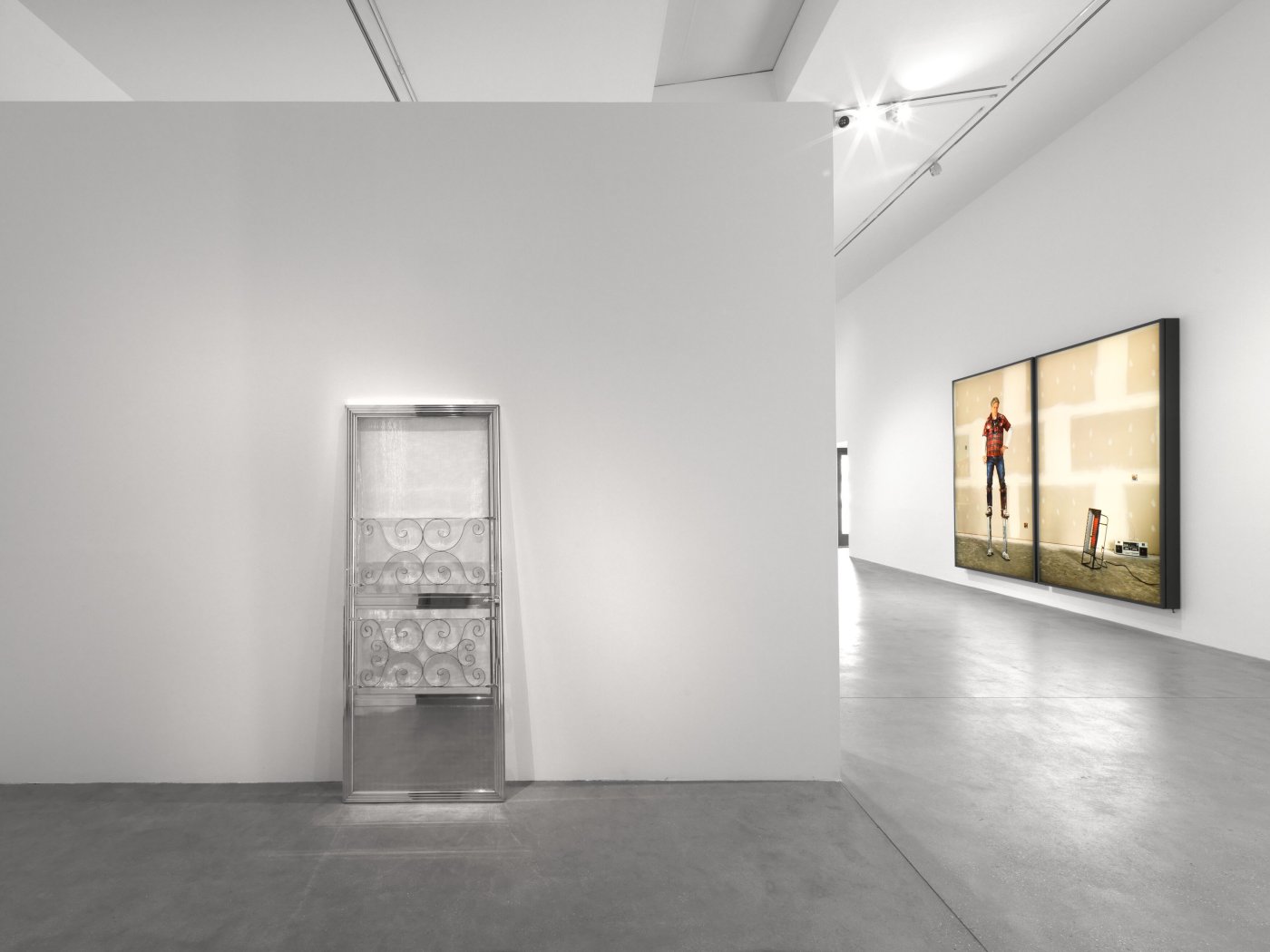
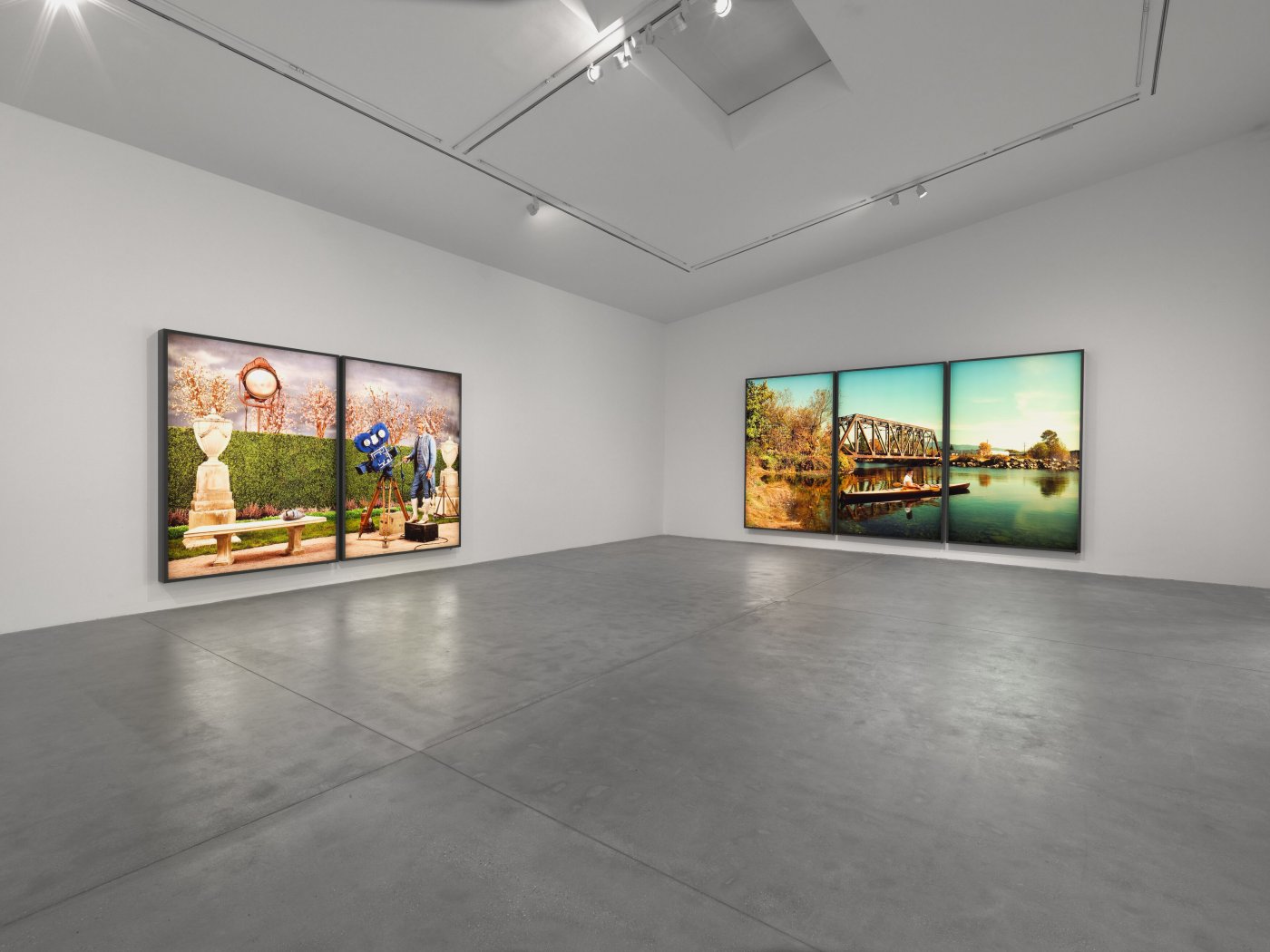
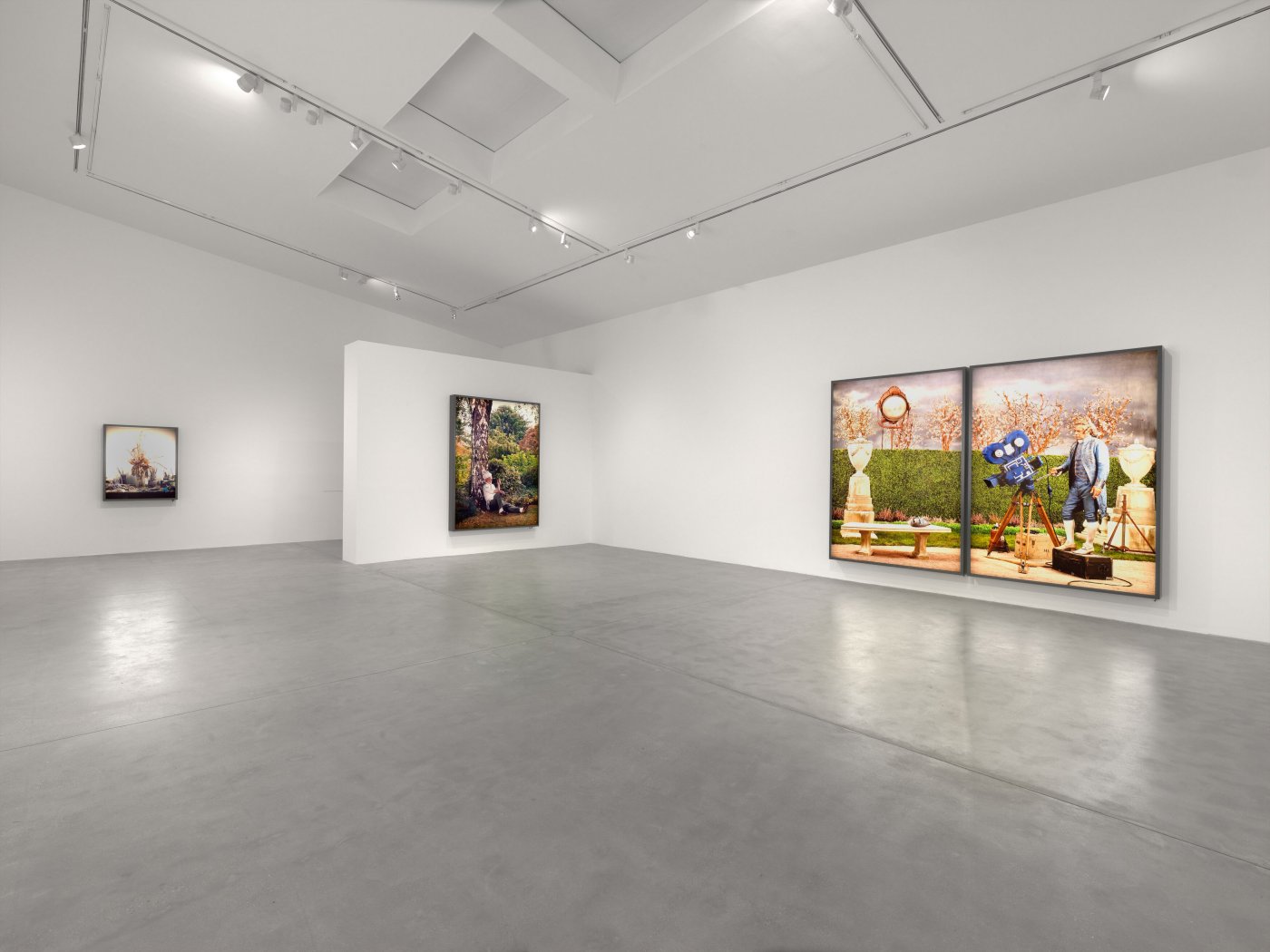
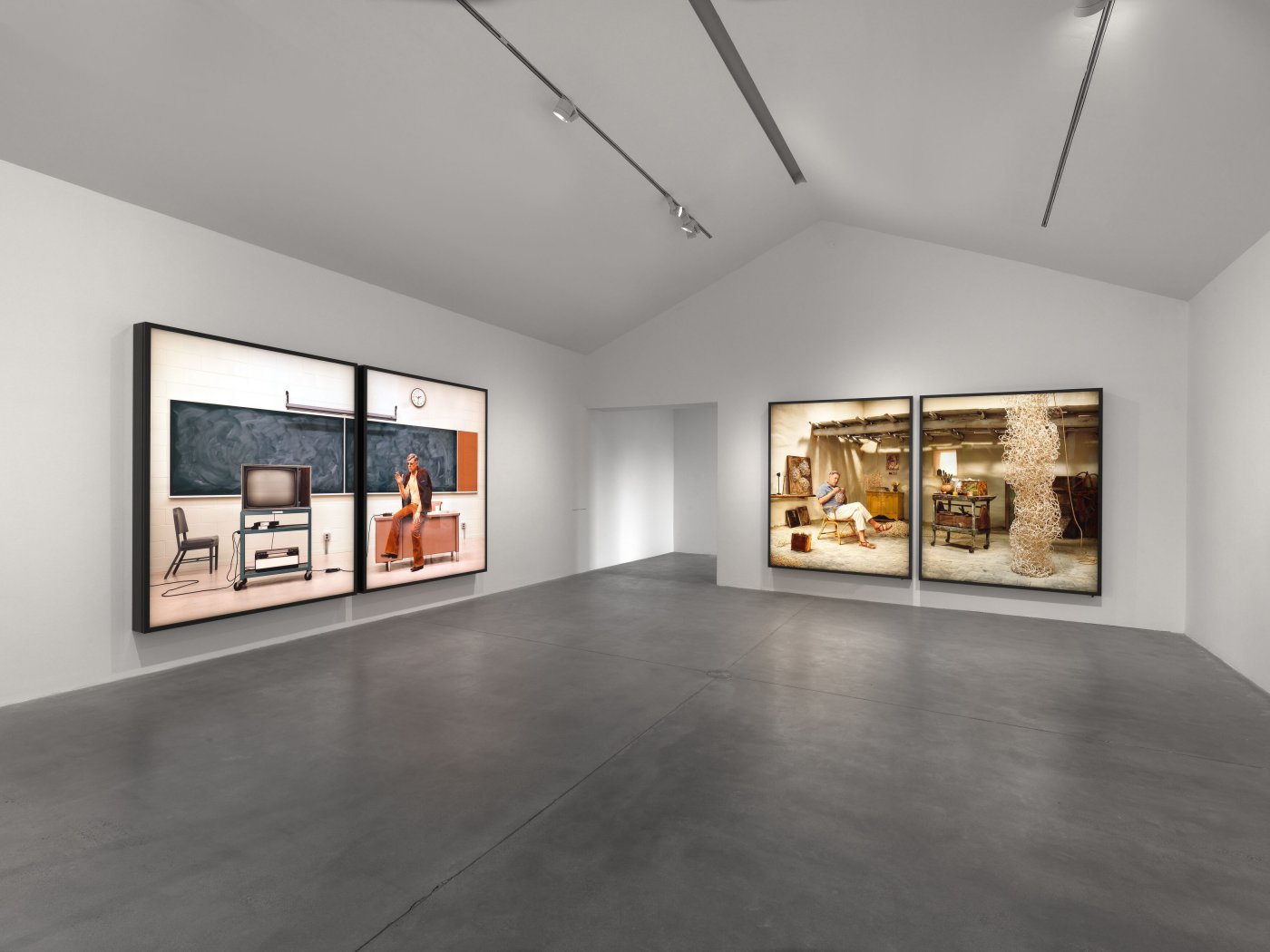
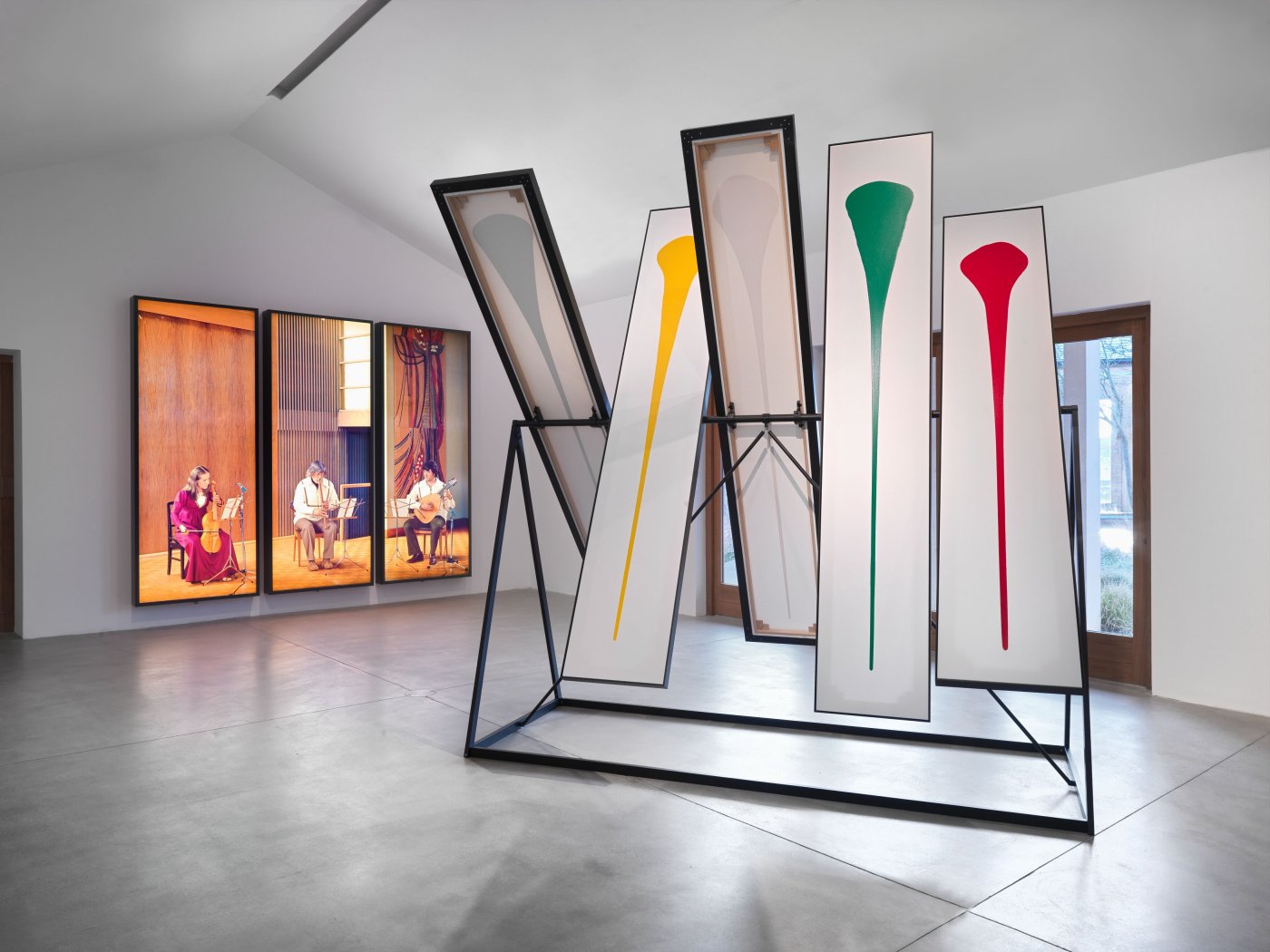
Over the course of five decades, Canadian artist Rodney Graham (1949 – 2022) expanded his diverse practice to encompass photography, painting, sculpture, film, video and music. A true polymath, Graham seamlessly inhabited different personae, genres and art forms throughout his unparalleled career. ‘It may be a burden to reinvent oneself every time,’ Graham said, ‘but it makes things more interesting.’ Shifting across mediums, Graham examined the complexities of Western culture with wit and authenticity, revealing a myriad of insights into social and historical structures.
In celebration of Graham’s multifaceted artistic vision, Hauser & Wirth Somerset is honored to present ‘Rodney Graham. Getting it Together in the Country’. The artist was developing the exhibition prior to his passing in October 2022, with the title taking its name from Graham’s 2000 LP featuring improvised guitar recordings. Music was a vital and constant theme in Graham’s life, including live performances at many Hauser & Wirth occasions, such as the 2014 inauguration festivities in Somerset. In dialogue with the rural gallery setting, the exhibition will open with Graham’s major late body of work, The Four Seasons, created between 2011 and 2013. The landmark lightbox series evolved organically and is dedicated to nature’s cycle through meticulously staged mis-en-scènes, reflecting a moment of pause and desire to step out of the daily grind.
In Graham’s photographic work, each image is a fictional self-portrait, with the artist in costume but always recognisable, portraying a vast array of characters. From the props and their placement within the frame to the elaborate costumes and stage sets, each scene – either in his Vancouver studio or in public facilities around the city – is purposefully constructed and executed with an exceptional degree of technical expertize and humor. With both ‘Betula Pendula Fasigiata (Sous Chef on Smoke Break)’ (2011) and ‘Smoke Break 2 (Drywaller)’ (2012) Graham draws our attention to solitary breaks within everyday routines and places himself at the center of the compositions. It was these two works that instigated the wider Four Seasons series after fellow artist and friend David Batchelor noted that one clearly represented summer and the other was reminiscent of painterly snowflake patterns. With summer and winter completed, in the autumn of 2012 Graham started to work on the large three-panel work that was to represent autumn, ‘Paddler, Mouth of the Seymour’ (2012 – 13). He stated, ‘I had long wanted to do a work based on Thomas Eakins’ great ‘Max Schmitt in a Single Scull’, and here I transposed the scene into a contemporary setting with me playing a recreational kayaker pausing on a trip up the Seymour River in Vancouver. This is the only ‘break’ in the series in which I am not smoking, someone reminded me that it is rather an ‘oxygen break’.’ The final spring addition, ‘Actor/Director, 1954’ (2013) finds itself in a double historical setting, featuring a Hollywood soundstage in the 1950s during the production of a Technicolor film set in an 18th Century French chateau. The blossoms on the fake cherry trees behind the hedge are the sole indication of the season.
References to elements of rock and pop music are central to Graham’s work, as with the sculptural work ‘Screen Door’ (2005). The title object, usually a simple, cheaply-produced metal door with insect mesh, is propped against a wall, giving an impression of being quite out of place in the context of an art exhibition. In reality, however, it is a replica, made of solid silver, of the screen door at Elvis Presley’s mansion. The original door was sold, along with other Elvis memorabilia, at an auction in 1999.
Our perception of what we consider art and the self-concept of an artist in different states of consciousness is also central to ‘Main Street Tree’ (2006). The Chromogenic photograph forms part of a larger series in which Graham explores trees framed upside down. These ‘inverted trees’ follow the artist’s early experiments with the camera lucida, a room-size pinhole camera that dates back to ancient times. Through these works Graham looks back at the history of photography while making the viewer aware of his or her own retinal experience. When interviewed by Anthony Spira in 2002, Graham stated, ‘You don’t have to delve very deeply into modern physics to realise that the scientific view holds that the world is really not as it appears. Before the brain rights it, the eye sees a tree upside down in the same way it appears on the glass back of the large format field camera I use. I chose the tree as an emblematic image because it is often used in diagrams in popular scientific books and because it was used in Saussure’s book on linguistics to show the arbitrary relation between the so-called signifier and the signified. I was also using a kind of readymade strategy based on the disputable assumption that a photograph is not art but an upside-down photo is.’
